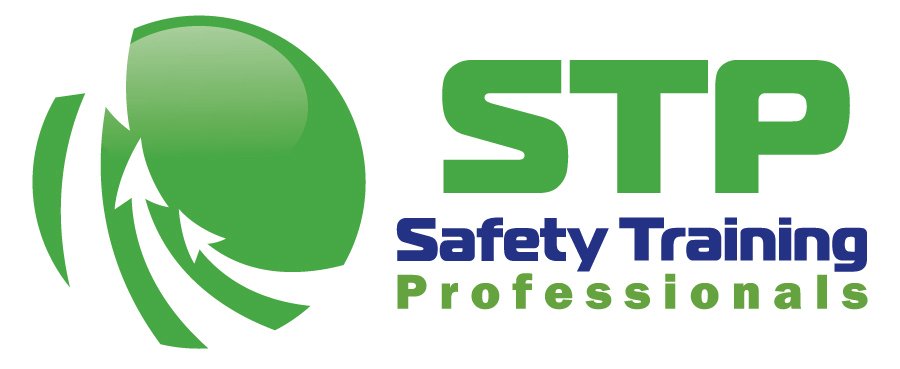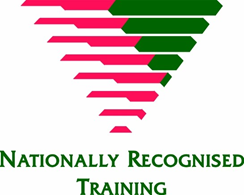- EWP Rescue
EWP Rescue Training - Group Training Only
UETDRMP005 Perform Elevated Work Platform Rescue
Course Details
Duration: 3-4 Hours
Delivery Mode: Face to face
Where: Unit 2, 84 Solomon Road, Jandakot WA 6164.
Amenities: Tea, coffee and biscuits are provided. Kitchen facilities are available for those who wish to bring their own lunch. A lunch bar is 100m away.
Group bookings are available at your site or ours. Please contact our office on 08 94178888 or email admin@stp.net.au for pricing and site requirements. Up to 10 participants per group.
This nationally recognised training course provides participants with the knowledge and skills to perform correctly and safely an EWP Rescue in the workplace. It specifies the mandatory requirements of rescue from a raised EWP by a work party member on the ground and how they apply in the context of transmission, distribution or rail work functions.
Student Requirements
Students must have the language, literacy, numeracy (LLN) and physical capabilities to meet the performance criteria of this unit. (For further information or if you have any concerns regarding LLN and/or physical capabilities please contact the office)
Participants must have the ability to read and write English and be able to perform practical and theoretical assessment as required.
Students must wear standard work wear, enclosed safety shoes, long shirt and pants.
Pre-Requisites
HLTAID009 Provide cardiopulmonary resuscitation (within 12 months)
and
UEECD0007 Apply work health and safety regulations, codes and practices in the workplace
or
TLILIC0005 Licence to operate a boom-type elevating work platform (boom length 11 metres or more)
or
UETDREL006 Work safely in the vicinity of live electrical apparatus as a non-electrical worker
Note: Those holding an existing ESI or Electrotechnology qualification or equivalent meet the prerequisite unit requirements. Refer to the UET Transmission, Distribution and Rail Sector Training Package Companion Volume Implementation Guide for equivalency definition.
Designed For
This course is for ground workers assisting an EWP operator and satisfies the requirements of the Western Power ESI Training Package. Note: This course can be combined with PTR/EDD Training.
Upon Completion
Upon successful completion of this course, each participant will receive a nationally recognised Statement of Attainment and wallet sized card for:
UETDRMP005 Perform Elevated Work Platform Rescue
Course Outline
Induction and enrolment
Reference documents / legislation
Statistics for confined space
Correct identification of a Confined Space as per AS 2865:2009
Risk management concepts / risk assessments
Hazards identification and the hierarchy of hazard control
Roles and responsibilities of key personnel
Communications
Hazardous atmospheres
Workplace exposure standards
Use of fall protection / rescue equipment
First aid appreciation
Fire protection awareness
Entry permits
Emergency procedures
Assessment of students’ competence
Practical exercise
Working at Height Course Outline
Induction and enrolment
Reference documents / legislation
Statistics for working at height
Connectors
Energy absorbers
Correct inspection and donning of Harnesses
Fall arrest devices
Roles and responsibilities of key personnel
Identification of risks and suitable controls
Fall Injury Prevention Systems (FIPS)
Estimating safe fall distances / clearances
Emergency procedures
Anchor point requirements
Safe use of ladders
Practical exercises (various height applications)
Assessment of students’ competence
Gas Test Atmospheres Course Outline
Reference documents / legislation
When is gas detection required?
Case studies of unsafe atmospheres
Risk management concepts / risk assessments
Human breathing principles
Toxic & explosive gases – their effects and safe exposure levels
Types of gas detectors
Understanding the role and functions of key components
Bump testing and fresh air calibration
Actions to be taken if an atmosphere is deemed unsafe
Understanding and use of special features of your gas detector
Interpreting warnings, faults, displayed messages
Post use care of the equipment
Practical exercises performed

